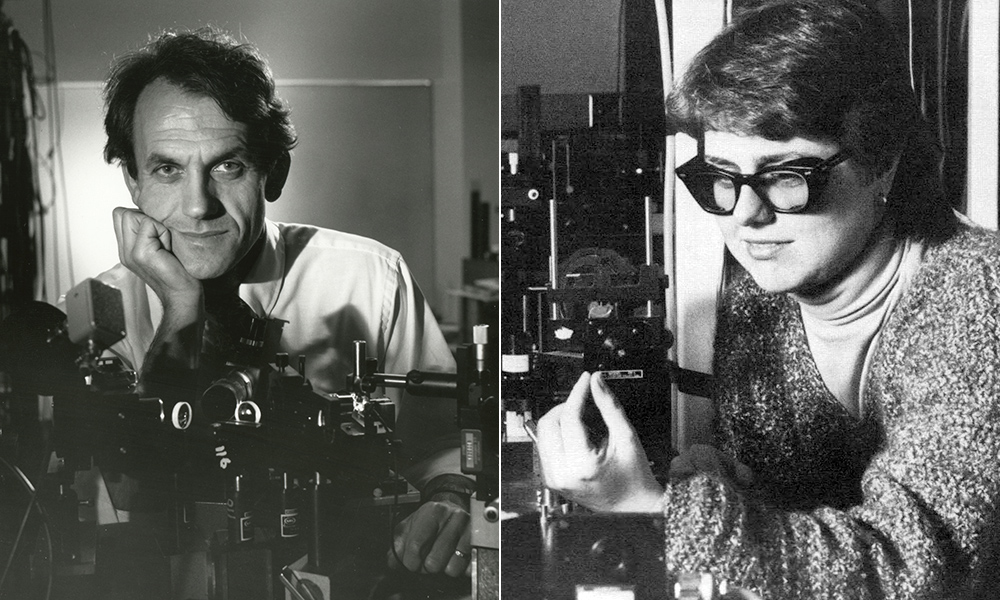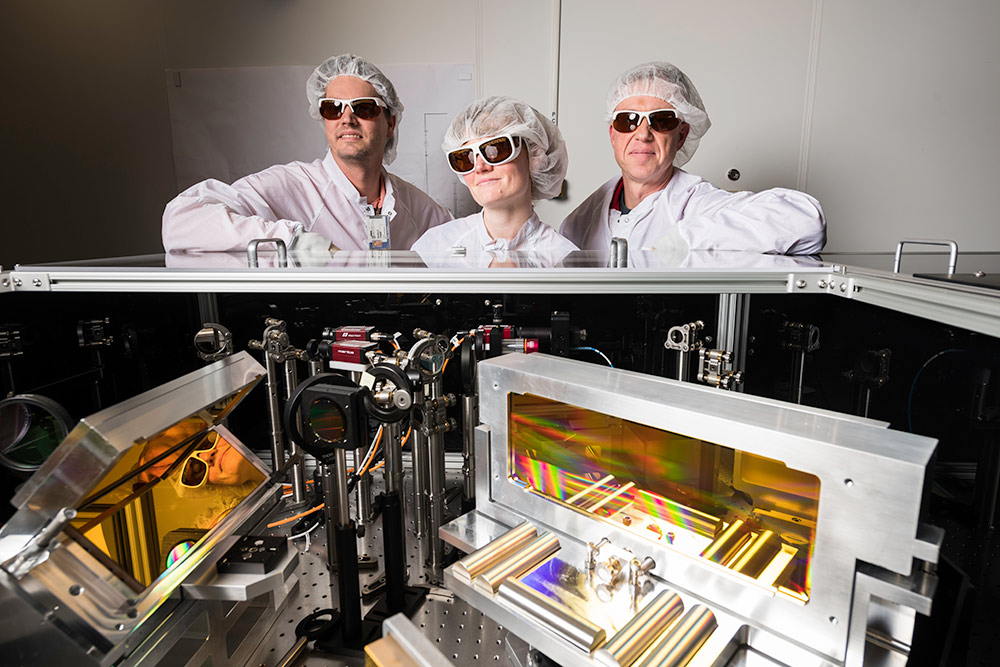University of Rochester alumna Donna Strickland ’89 (PhD), who shared the 2018 Nobel Prize in Physics, has been appointed to the Order of Canada.
The award recognizes individuals who have made “extraordinary contributions to the nation.” Strickland was appointed a Companion of the Order, the highest of three levels of the award. There can be no more than 165 living companions at any time.
The professor of physics at the University of Waterloo in Ontario, Canada, is being recognized for her “contributions to optical physics and for her innovative developments in ultra-fast optical science.”
“I feel so proud and privileged to be Canadian and I am thrilled to receive this recognition from my country,” Strickland told CBC news. “It is an exceptional honor for me to be named a companion of the Order of Canada. This award means a great deal to me.”
Strickland and Gérard Mourou, former engineering professor and scientist at the University of Rochester’s Laboratory for Laser Energetics (LLE), were together recognized with the 2018 Nobel Prize for revolutionizing the field of high-intensity laser physics.
Mourou was Strickland’s PhD advisor during the time they pioneered “chirped-pulse amplification.” Known as CPA, this work was the basis of Strickland’s PhD in optics dissertation.
Today, CPA has applications in corrective eye surgeries and other surgical procedures, data storage, and quantum computing.
Read more

Love at first light
Donna Strickland ’89 (PhD), a self-described “laser jock,” receives the Nobel Prize, along with her advisor, Gérard Mourou, for work they did at the Laboratory for Laser Energetics.

Chirped-pulse amplification: 5 applications for a Nobel Prize-winning invention
Did you know that every time you pick up your smartphone, you are holding in your hand a product made possible by a Nobel Prize-winning technology developed at the University of Rochester?

In the lab where it happened: Nobel science in pictures
Today’s Rochester researchers are using science developed at the Laser Lab to develop the next generation high-power lasers.


